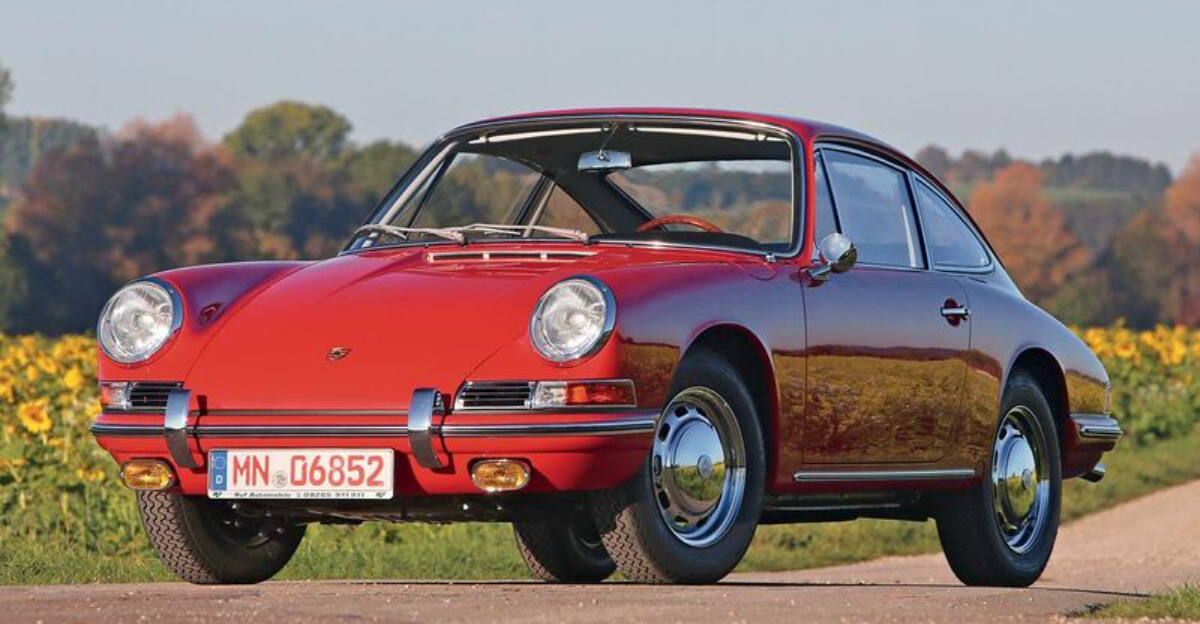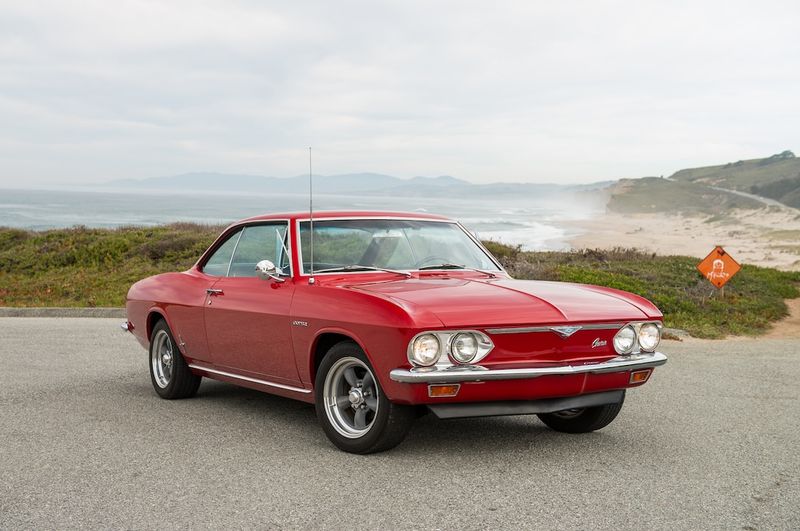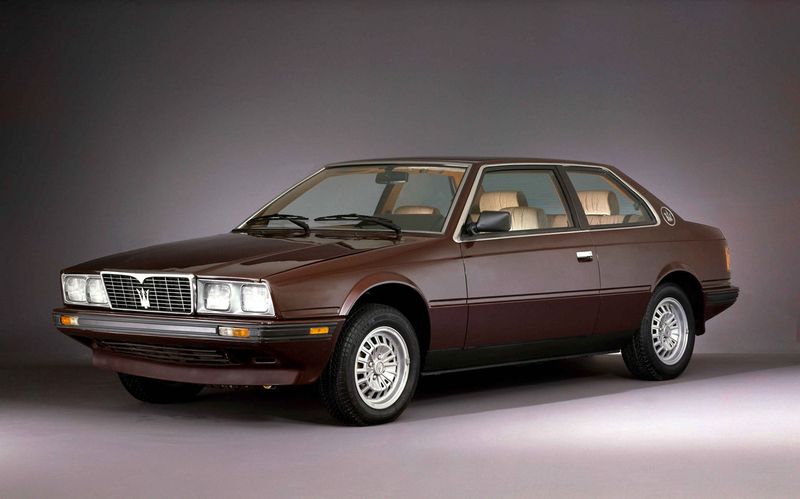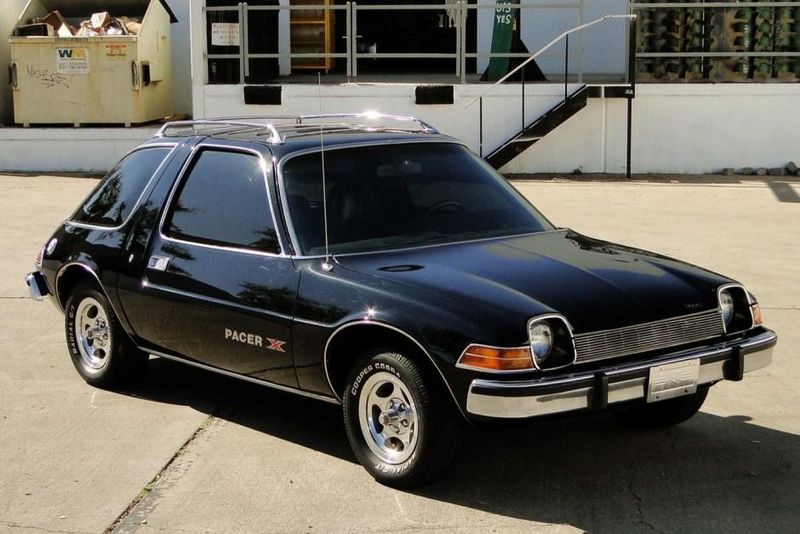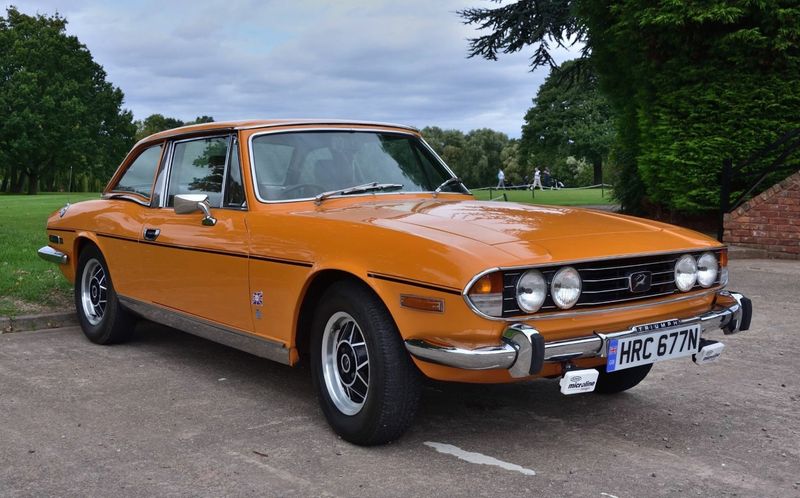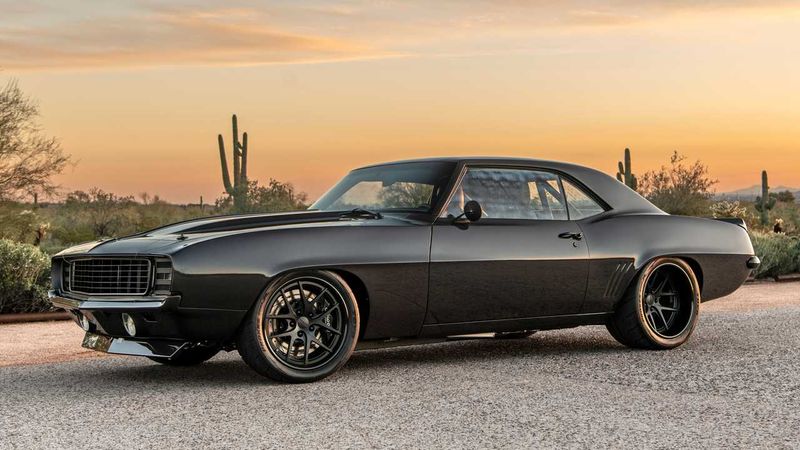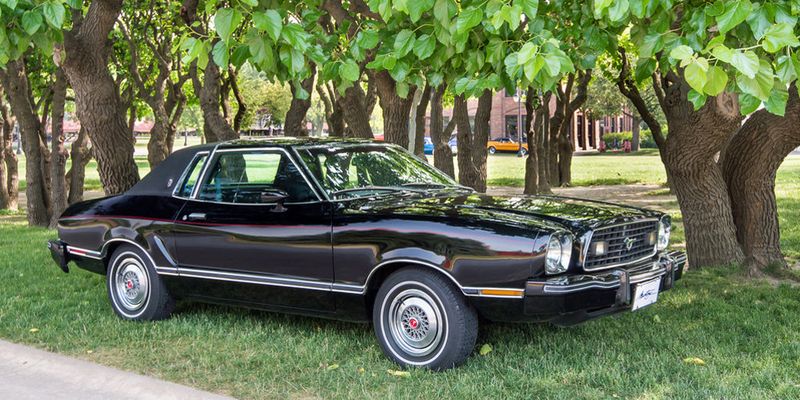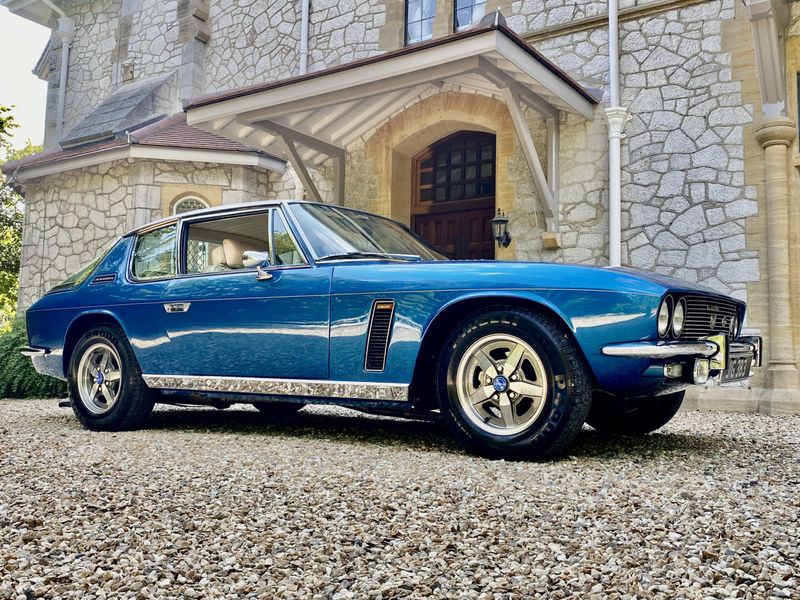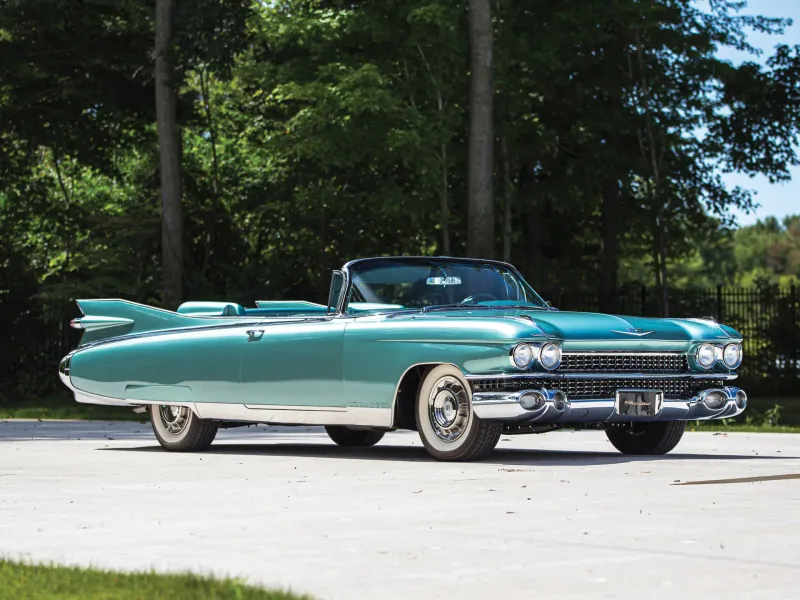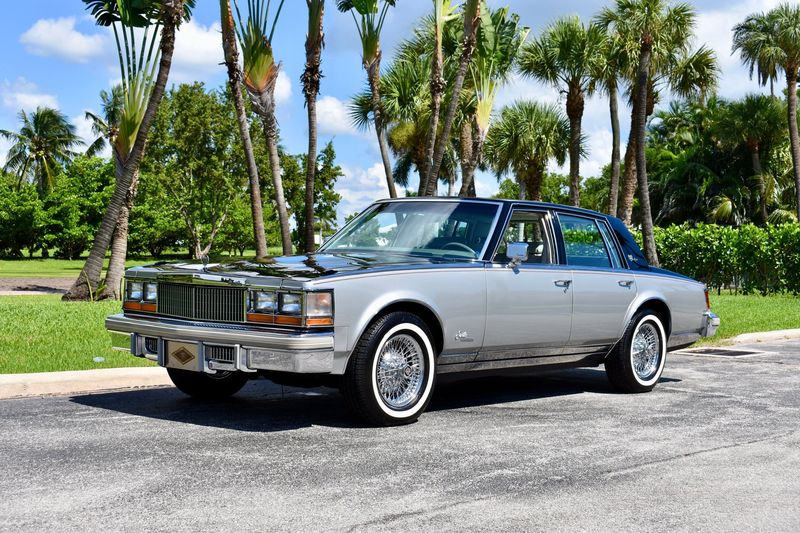📖 Table of Content:
Classic cars often stir feelings of nostalgia and admiration, yet not every iconic model lives up to its legendary reputation. While some are celebrated for their enduring charm, others fall short when examined more closely—making them questionable investments.
In certain cases, the hype overshadows the reality, revealing mechanical issues, design flaws, or performance letdowns. Here are 11 classic cars that may dazzle with style but disappoint with substance, proving that not every vintage ride is truly a collector’s dream.
1. Chevrolet Corvair
The Chevrolet Corvair, introduced in the 1960s, is often remembered more for its controversies than performance. Its rear-engine design was innovative yet problematic, leading to handling issues that raised safety concerns. Despite its sleek appearance, the Corvair suffered from mechanical problems that plagued owners.
A reputation tarnished by Ralph Nader’s “Unsafe at Any Speed,” this car’s legacy is one of caution rather than admiration. Investing in a Corvair means accepting its flaws and potential repair costs, which outweigh its aesthetic appeal. Enthusiasts may admire it, but practical buyers should steer clear.
2. Maserati Biturbo
Capturing the 1980s luxury car market with its promise of Italian elegance and twin-turbo performance, the Maserati Biturbo initially turned heads. However, its allure quickly faded as reliability issues emerged. Electrical problems and frequent mechanical failures tarnished its reputation, making it more of a headache than a treasure.
This model demands constant attention and expensive repairs, which outweigh its initial charm. While it may appeal to collectors, the average enthusiast might find themselves spending more time in the repair shop than on the road. Beautiful yet burdensome, the Biturbo is best admired from afar.
3. Early Porsche 911s
Revered for their sleek design and racing heritage, early Porsche 911s come with their share of challenges. Dating back to the 1960s and early 1970s, these models often demand significant maintenance. Engine issues and rust are common problems that can turn ownership into a costly affair.
While their performance on the track is commendable, daily driving presents a different story. Collectors may cherish them for nostalgia, but practical buyers may find the upkeep daunting. This classic Porsche, though alluring, requires a commitment that not all are prepared to make.
4. The AMC Pacer
Dubbed the “fishbowl car” for its unique shape, the AMC Pacer was meant to revolutionize the compact car market in the 1970s. Its wide-body design was indeed different, yet it failed to capture the market’s imagination due to its lackluster performance.
Poor fuel efficiency and awkward styling left it struggling to find favor among drivers. Though it has gained a quirky cult following, the Pacer’s practical limitations are hard to ignore. It stands as a symbol of ambition that fell short, a reminder that innovation alone isn’t enough to guarantee success.
5. Triumph Stag
The Triumph Stag promised the exhilaration of a British sports car with its V8 engine and stylish design. However, it quickly became notorious for mechanical unreliability. Engine overheating and troublesome timing chains are just some of the issues that plagued this model.
Owners often found themselves frustrated by constant repairs, overshadowing the joy of driving. Despite its appealing looks, the Stag’s reputation for unreliability makes it a risky investment. While enthusiasts may appreciate its charm, those seeking a hassle-free classic should approach with caution.
6. Triumph TR7
With its distinctive wedge shape, the Triumph TR7 aimed to capture attention in the 1970s sports car market. Unfortunately, it was plagued with quality control issues and mechanical failures. From electrical problems to engine malfunctions, the TR7 often disappointed owners.
Though its styling was bold, the driving experience was less than thrilling, leaving many to question its value. While it holds a peculiar place in automotive history, practicality isn’t one of its strengths. This model is best suited for those who appreciate its unique design and are willing to overlook its many flaws.
7. Chevrolet Camaro
The Chevrolet Camaro has been a symbol of American muscle, yet not all models deliver on that promise. Particularly in the 1980s, the Camaro struggled with lackluster performance and quality issues that tarnished its muscle car image. While it looked the part with its aggressive styling, under the hood, it often fell short.
Enthusiasts may appreciate its legacy, but practical buyers must consider its shortcomings. The charm of a Camaro is undeniable, but potential buyers should be wary of investing in models that don’t live up to the hype.
8. Ford Mustang II
Introduced during the 1970s, Ford Mustang II aimed to continue the Mustang legacy but fell short in many areas. Downsized in response to the oil crisis, it lacked the power and charisma of its predecessors. Critics often cite its uninspiring performance and design as major downfalls.
While it did help Ford navigate tough economic times, its place in Mustang history is often viewed with regret. Nostalgia might endear it to some, but potential buyers should weigh its limitations carefully. This iteration serves as a reminder that not all Mustangs are created equal.
9. Jensen Interceptor
With its sleek design and powerful V8 engine, the Jensen Interceptor promised luxury and performance. Unfortunately, it also brought with it a reputation for unreliability and high maintenance costs. Electrical problems and poor fuel efficiency added to its challenges, making ownership a complex affair.
While its elegance is undeniable, the Interceptor requires significant investment in both time and money. Those enchanted by its beauty must be prepared for the commitment it demands. It’s a classic that appeals to the adventurous, but not necessarily the practical.
10. Cadillac Eldorado
The Cadillac Eldorado stands as a symbol of American luxury, yet not all models live up to that image. Particularly from the 1970s, the Eldorado struggled with quality issues and mechanical challenges. Its large size and poor fuel efficiency made it less practical for everyday driving.
While it might exude charm and opulence, owners often face frequent repairs and high maintenance costs. This classic Cadillac is a statement piece, but one that requires dedication to maintain. Those drawn to its grandeur should be mindful of the investment needed to keep it running.
11. Cadillac Seville
Attempting to blend luxury with modern efficiency, the 1980s Cadillac Seville often fell short of expectations. Mechanical issues and a less-than-stellar performance record marred its reputation. While its boxy design may appeal to some, it lacks the timeless elegance that is typically associated with Cadillac.
Owners frequently encountered problems that overshadowed its luxury appeal, making it a challenging classic to maintain. While it holds a certain nostalgic charm, those considering a Seville should be prepared for potential pitfalls. It’s a classic that offers more promise than performance.
